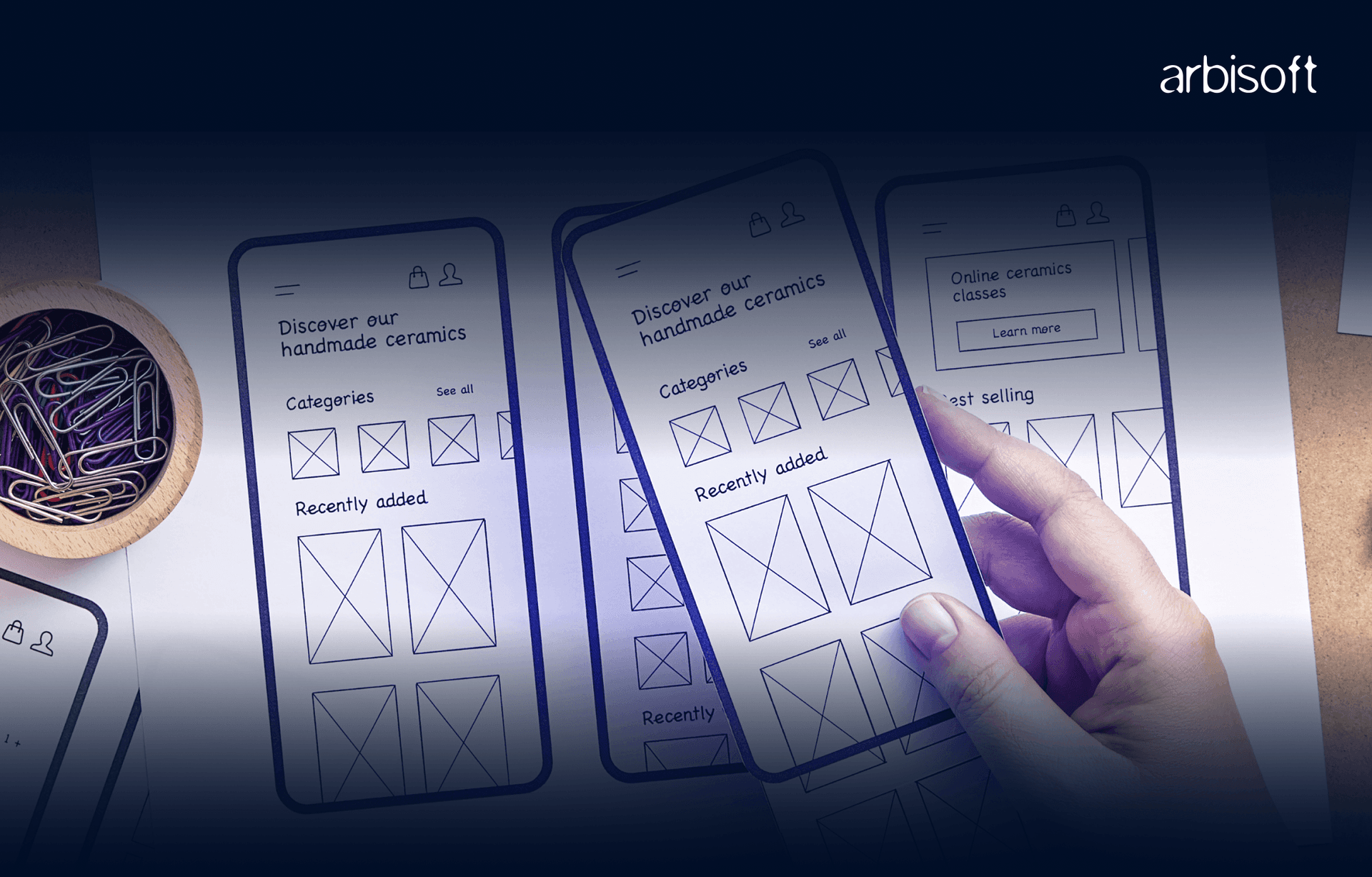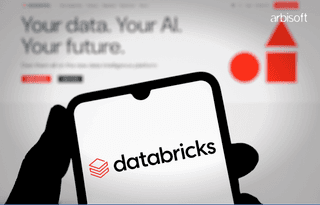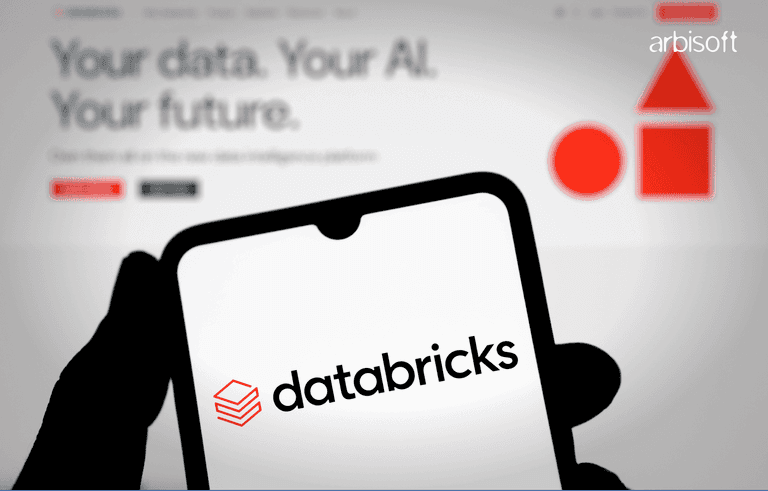We put excellence, value and quality above all - and it shows




A Technology Partnership That Goes Beyond Code

“Arbisoft has been my most trusted technology partner for now over 15 years. Arbisoft has very unique methods of recruiting and training, and the results demonstrate that. They have great teams, great positive attitudes and great communication.”
The Basics of Usability Testing and Its Role in Agile Development

Imagine creating a product you believe will be a huge success. But when you release it, users struggle to navigate and use it effectively. That can be a nightmare. Usability testing helps prevent this by ensuring your product is user-friendly before it reaches customers. In an Agile environment, usability testing is crucial for providing continuous feedback and keeping the user experience (UX) a top priority throughout development.
In this blog post, we'll cover the basics of usability testing and how it fits into Agile development.
What is Usability Testing?
Before diving in, let’s first understand usability testing.
Usability refers to how user-friendly a product is. The main goal is to ensure that products, like websites, are easy to navigate.
Usability testing involves real users interacting with a product to assess its ease of use and satisfaction. The goal is to identify usability challenges.
As Susan Dray rightly said: “If users can’t use it, it doesn’t work.”

Key elements of usability testing include:
- Test Planning: Decide what aspect of the product to test—overall experience, specific features, or task completion ease.
- Participant Selection: Choose participants from your target audience for realistic feedback.
- Test Execution: Observe users as they navigate the product, tracking their ease of use, completion time, and struggles.
- Data Collection and Analysis: Analyze test results to identify usability issues and areas for improvement.
- Iteration: Use feedback to refine the product and repeat usability testing for continuous improvement.
Types of Usability Testing
Different usability testing methods suit various goals and resources:
- Moderated Testing: A moderator guides users, asks questions, and collects feedback in real-time.
- Unmoderated Testing: Users perform tasks independently, allowing for remote and flexible testing.
- Remote Testing: Users test the product in a real-world setting, providing feedback on its functionality.
- A/B Testing: Two versions of a feature are tested to determine which performs better.
Testers often struggle with usability testing because they are too familiar with the system. The most effective usability testing is done with real users, noting their experiences and frustrations. To step into a real user's perspective, testers can follow Jakob Nielsen’s 10 Usability Heuristics for UI Design.
The Role of Usability Testing in Agile Development
Agile development focuses on delivering incremental value in short cycles. With each sprint, a product is created, refined, and improved based on user feedback. Usability testing ensures UX is prioritized from the start and evolves with every iteration.
Here’s how usability testing supports Agile development:

- Continuous Feedback Loop: Regular usability tests help teams identify and fix issues in each sprint, keeping the product aligned with user needs.
- Early Detection of Issues: Testing prototypes and wireframes early helps catch problems before full development, saving time and effort.
- Prioritizing Important Features: Usability testing validates whether features are useful or confusing, helping teams adjust priorities accordingly.
- User-Centered Design: Ongoing usability tests ensure design decisions are based on real user feedback, making the product more valuable and enjoyable.
- Cross-Functional Collaboration: Developers, designers, and product managers collaborate, using usability test results to make informed decisions.
- Lowering Risks: Frequent usability testing reduces the risk of creating a product that doesn’t meet user expectations.
Integrating Usability Testing into Agile Workflows
For the best results, usability testing should be a regular part of Agile sprints. Here’s how:
- Test Early and Often: Start testing with wireframes or prototypes and continue throughout development.
- Plan for Usability Testing in Each Sprint: Set aside time for usability testing in every sprint cycle.
- Use Prototypes: Test user interactions early with clickable prototypes before full development.
- Integrate Feedback in Retrospectives: Discuss usability test results in sprint retrospectives and adjust the development process accordingly.
Ensuring a Diverse Group of Participants
To get the most accurate feedback, usability testing should reflect a variety of users. Here’s how:
- Define User Personas: Create personas representing different segments of your target audience.
- Balance Experience Levels: Include both new and experienced users.
- Consider Accessibility Needs: Include users with disabilities or those using assistive technologies.
- Ensure Regional and Cultural Diversity: Test with users from different backgrounds to identify language or cultural barriers.
Technical Use Case
We’ve all read a lot about the topic, but theory alone can feel like a dry recipe without the ingredients. Let’s spice things up and explore more about usability testing and its paramount importance in Agile development with a real-world example to bring the theory to life:

Context:
A software team is developing the mobile-responsive version of a flight search website. They follow Agile principles, iterating through sprints to improve the platform. Usability testing is integrated to ensure the responsive site is easy to use.
Actors:
- Product Manager: Defines and prioritizes features.
- UX/UI Designers: Create intuitive designs.
- Developers: Implement features in sprints.
- Testers: Conduct usability tests to ensure ease of use.
Preconditions:
- A responsive version of the site is ready for usability testing.
- Usability testing tools, like checklists, are available.
Main Flow
1. Sprint Planning
- The Product manager and development team decide that the goal for the sprint is to improve the responsive view of the site based on the feedback from the testers.
- The team defines the user stories(e.g., "As a user, I want to be able to easily navigate through the site by using my mobile").
2. Design Phase
- The UX/UI designers create mock designs for mobile view, keeping in mind that users find no difficulty in accessing the site.
3. Usability Testing Preparation
- The usability testers prepare testing checklists, such as:
- Consistency in layout.
- Efficiency of use.
- Minimalist design
- Testers wear the hats of real users and use personas like frequent travelers, first-time users, etc.
4. Conduct Usability Testing
- Testers observe new responsive designs by completing the flow of booking a flight through the site.
- Testers look for any signs of confusion, friction, or errors during the process.
- Testers make notes for the areas where they observe issues related to real users' perspectives.
5. Analyze Results
- The team reviews usability test data to identify patterns. For example, for new users, there were no particular guides or tutorials.
- Quantitative data (e.g., time to complete the task, success rates) is analyzed alongside qualitative feedback to identify areas of improvement.
6. Iterate and Improve
- Based on usability test findings, the team decides to make adjustments to the responsive view (e.g., adding proper guidelines for first-time users).
- These changes are prioritized and implemented during the next sprint.
7. Review in Retrospective
- During the sprint retrospective, the team discusses the outcomes of the usability testing, including what went well and any improvements that can be made in future usability tests.
- Usability testing results are shared with the whole team to highlight user-centered improvements.
Alternative Flow
1. No Usability Issues Found: The team finalizes the feature for release.
2. Unexpected Issues Discovered: The team adds new user stories to address major usability concerns.
Postconditions:
These conditions must be true if the use case is completed successfully.
1. The usability testing results have been incorporated into the sprint’s deliverables.
2. Changes to the user interface and user flow are made to improve the user experience.
3. The feature is ready for further development or deployment in the next sprint.
Conclusion
Usability testing is vital in any development process, but in Agile, it’s even more critical. It keeps UX a priority, detects issues early, and ensures products are both functional and user-friendly. By making usability testing a regular part of Agile sprints, teams can make informed decisions, reduce risks, and create products that truly meet user needs.

























